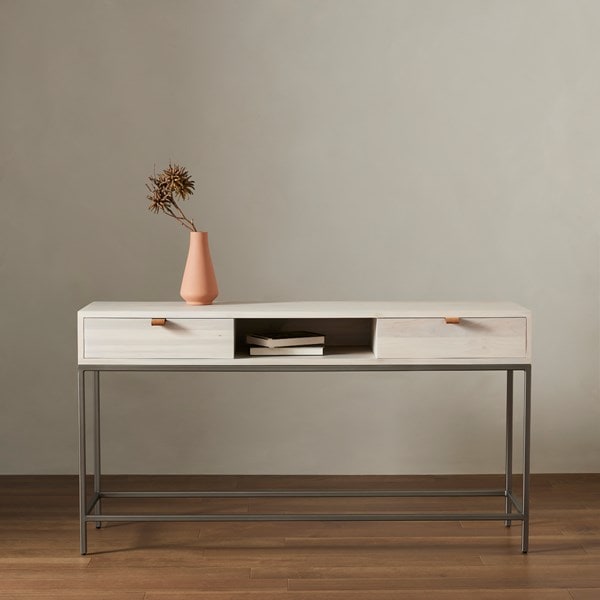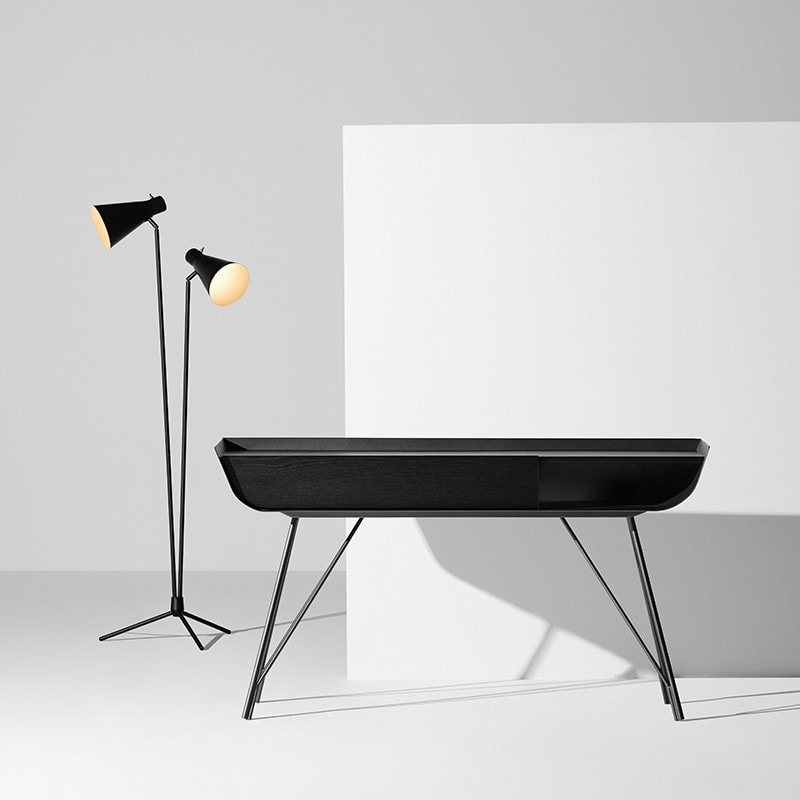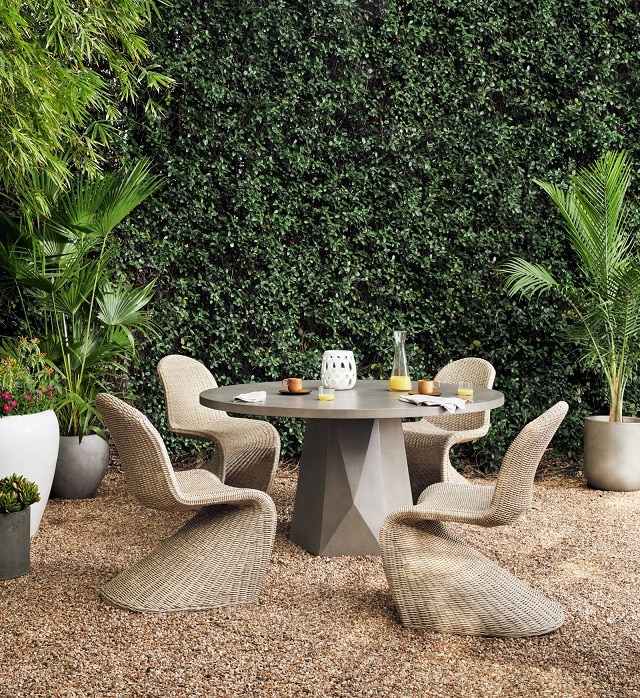
Let’s figure out what models exist and what to consider when choosing.
Despite the fact that today almost all TVs are mounted to the wall, the space under them does not have to remain empty. A TV cabinet is not only a decorative element, but also an opportunity to organize additional storage. In this article we tell you what they are and how to choose the right model.
Shape and size
An important question is what shape the product should be and what is the optimal ratio with the TV in size. There are several rules.
- The proportions of appliances and furniture can be anything, but their ratio affects the visual perception of each element. So, against the background of a large or elongated model in the entire wall, the TV screen will visually appear smaller and lighter. Against the background of a small – on the contrary.
- The perception of the whole room also depends on the shape of the stand. A narrow model from wall to wall will draw a horizontal border and stretch the room in length.
- Figured designer TV cabinets (for example, triangular) will attract the eye and divert attention from other pieces of furniture.
- The overall shape of all pieces of furniture in the room should be in harmony. If the environment is dominated by smooth lines and round or oval shapes, pay attention to models with rounded corners.
Material
Modern TV cabinets are made from different materials.
- Metal – it produces reliable products that can withstand heavy loads and last a long time. Metal models look good both in modern (loft, hi-tech, etc.) and vintage interiors.
- Wood – products made from solid oak, ash and other species always look solid and noble. They are environmentally friendly and add comfort to the atmosphere. Visually, a wooden product can be anything from a high Scandinavian-style TV cabinet to smooth lines and ornate carvings typical of the classics. This material is suitable for any room, especially for the bedroom and nursery.
- Glass is fragile, but very beautiful and airy material. It happens transparent, matte and hardened. If the glass is transparent, without tinting, the body will seem almost weightless and visually take up no space at all. The only negative is that products made from this material must be handled carefully so as not to break or scratch.
Color
The color of the product depends on the overall palette of the room and on the role that is assigned to it.
For a bright bedroom or living room, especially if it is small in size, white, gray or beige furniture is suitable. An interesting option is the texture of light wood in combination with one of these shades.

If you need to lighten and visually expand a small space as much as possible, choose a white finish for walls and ceilings, as well as a product with a light body – this way it will “float in the air” and merge with the surface.
Another scenario is a pedestal as an accent. It can stand out due to a rich color or texture: the texture of wood, stone or marble, contrast with a bright finish, or, conversely, act as an active element against a neutral background.
In a Scandinavian, eco or boho interior, the natural texture of wood looks good. Depending on the overall palette, it can be dark or light, with a yellowish or cold shade. For a classic style, deep tones of dark and mahogany are suitable, which can duplicate the surface of a table or cabinets.
Filling
In addition to appearance, filling is also important for such furniture – it depends on what and in what quantities you can store there. When choosing a TV cabinet, pay attention to the following points.

- Doors. The main types are folding, swinging, sliding. For the first two types, it is necessary to provide for the availability of space so that they can be freely opened and closed. If the area is limited (for example, in a small bedroom where the bed ends almost at the opposite wall), choose products of small depth with doors that slide apart to the side.
- compartments. They can be closed and open, only drawers or in combination with shelves. Focus on what things you plan to store: those that need to be hidden from view, put in closed sections, and beautiful decorative elements can be left in plain sight. In a long TV cabinet, they can alternate.
- top modules. Built-in models, as a rule, also have an upper tier – for example, if a cabinet on one or both sides goes into a shelving unit. This technique is used if you need to provide maximum storage. Most often they can be seen in the living room, where books, decor and ceremonial dishes are stored in an open shelving.


